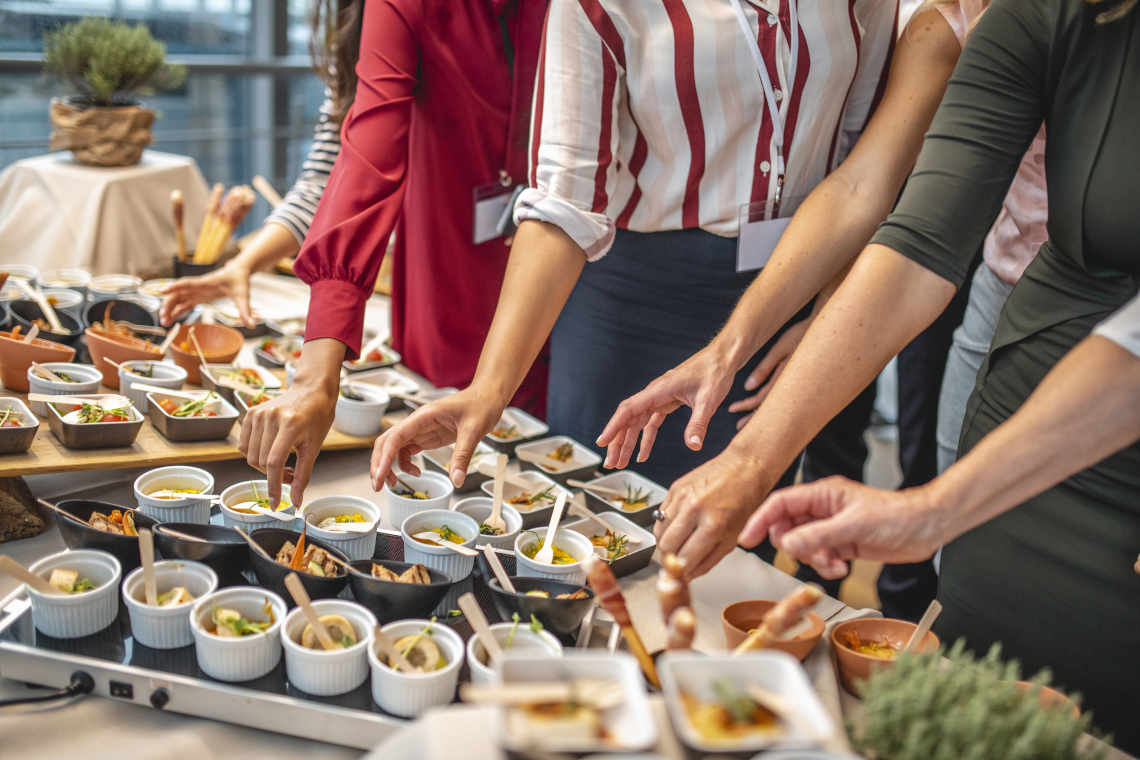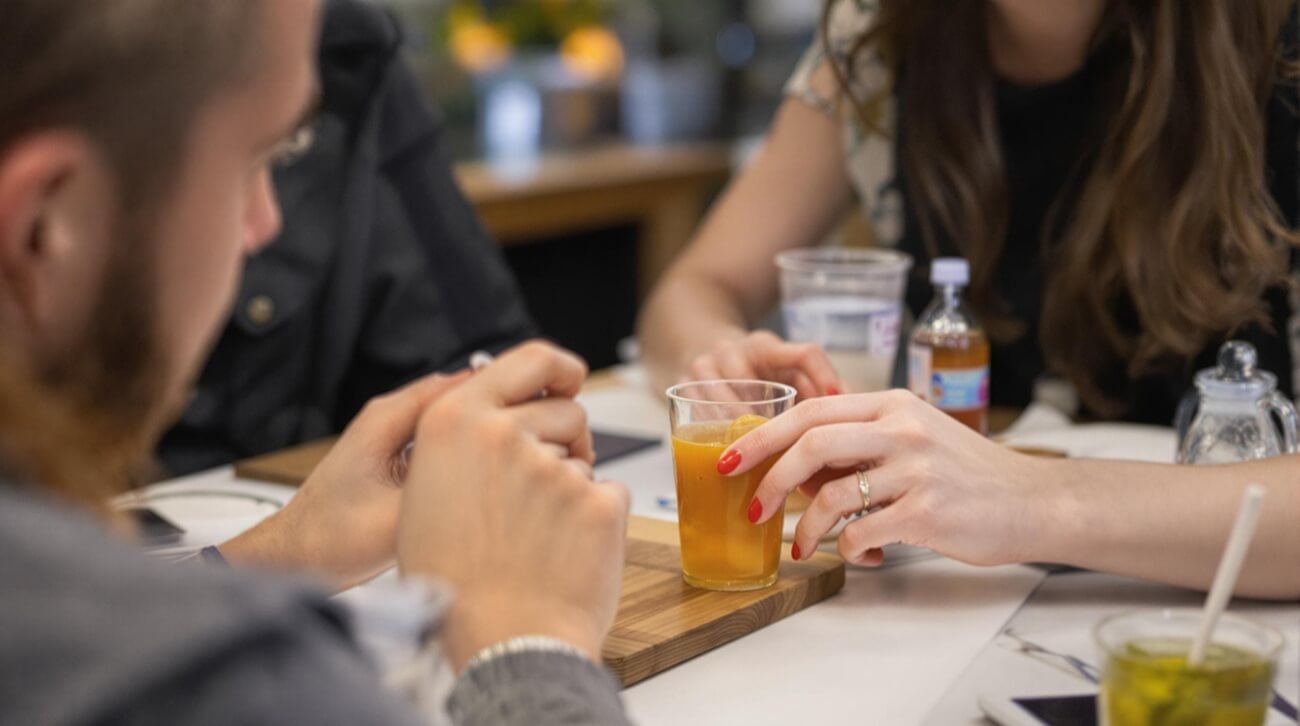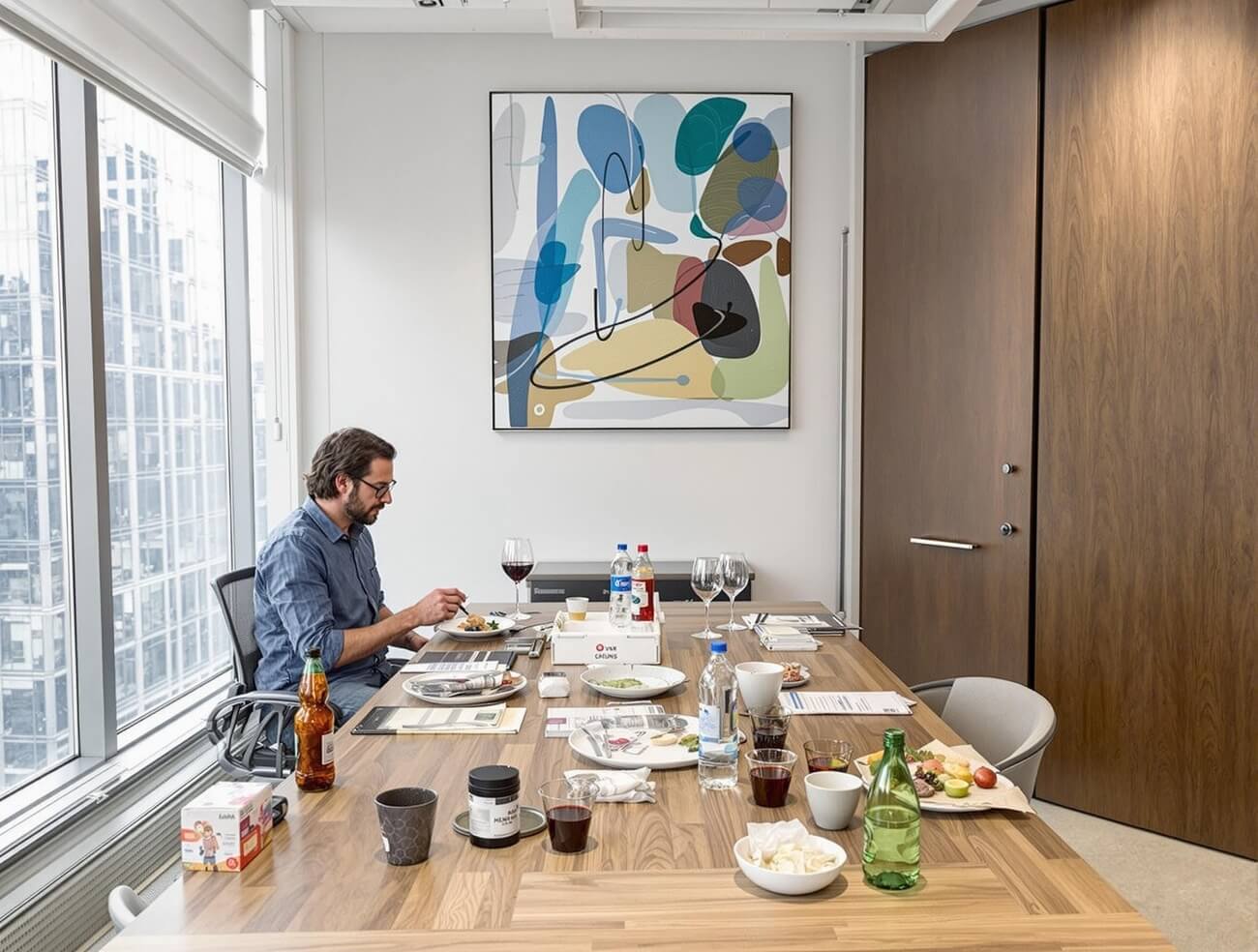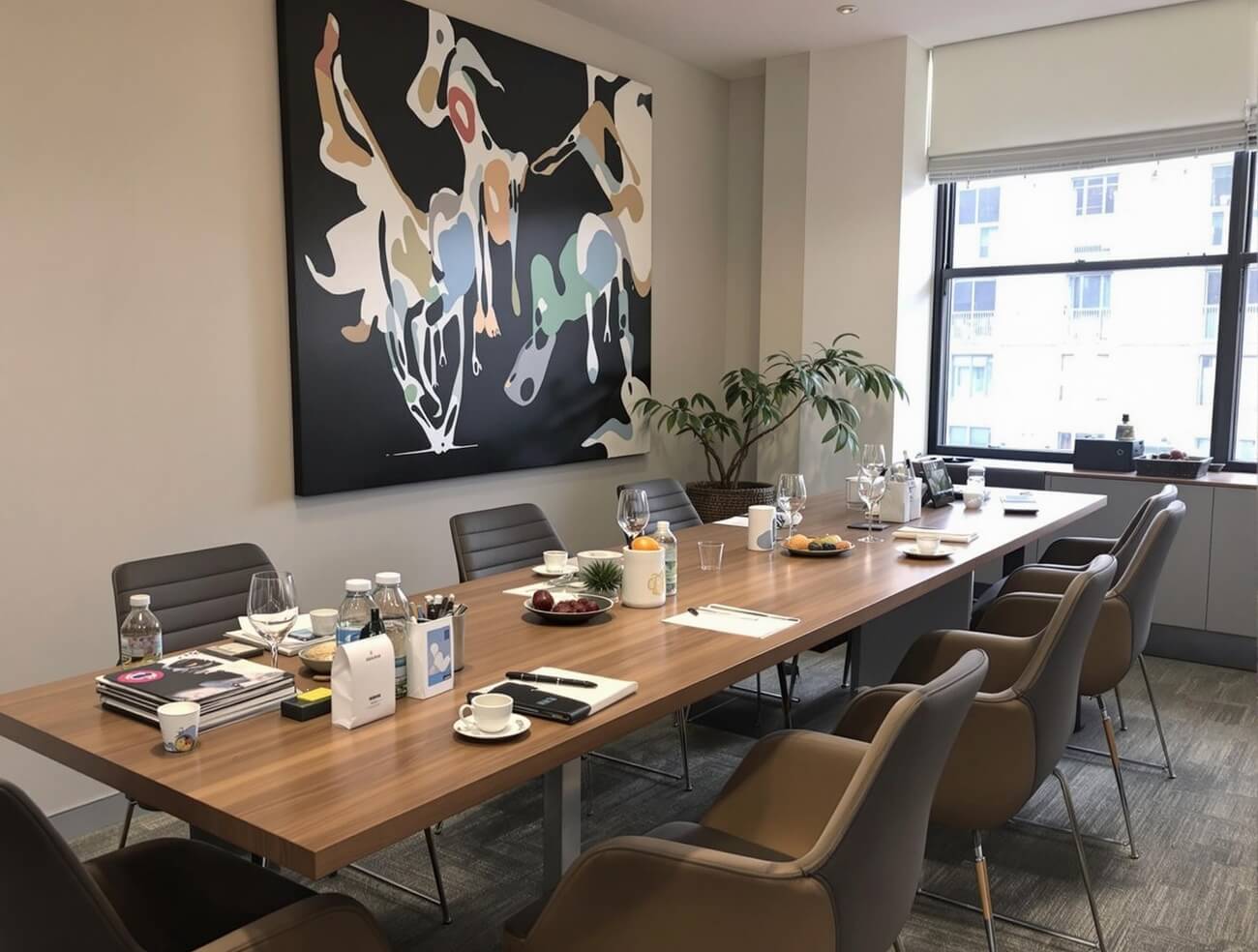Central Location Food Taste Testing

This method involves assembling diverse individuals to sample and rate food items, providing invaluable insights into flavor profiles, presentation aesthetics, and overall consumer reception.
How do we truly gauge the appeal of a new dish or product before unveiling it to the world? Central location food taste testing provides the answer, offering businesses a controlled environment to gather real-time feedback from potential consumers.
What Is Central Location Food Taste Testing?
It is a research technique that gathers consumer feedback on food and beverage products in a controlled environment. It aims to assess the sensory attributes of the products, such as taste, aroma, texture, and appearance. Unlike traditional taste testing methods, which may occur at the production facility or retail stores, central location food taste testing occurs at a neutral location, ensuring unbiased results.
Importance of Central Location Food Taste Testing

This testing method is crucial for businesses in the food market. By engaging consumers directly and collecting feedback, companies can gain valuable insights into their preferences, expectations, and overall satisfaction with different products. This information helps businesses decide about product formulations, packaging designs, marketing strategies, and potential new flavor offerings.
Furthermore, taste testing allows companies to benchmark their products against competitors, identify areas for improvement, and stay ahead of the curve in an increasingly competitive market.
Benefits of Central Location Food Taste Testing
It offers a wide array of benefits for businesses, such as:
- In-depth Consumer Insights: Businesses gain direct access to consumer insights by conducting this research. This enables them to understand consumer preferences, identify flavor profiles that resonate with their target audience, and uncover potential gaps in the market.
- Product Development: Central location food taste testing is a valuable tool for product development. It allows businesses to test different variations of their products, assess consumer preferences, and fine-tune their formulations. This iterative approach minimizes the risk of launching products that do not align with consumer expectations and increases the likelihood of success in the market.
- Brand Differentiation: Central location food taste testing allows businesses to differentiate their brand by offering unique flavors, innovative packaging, and superior taste experiences. By consistently delivering high-quality products based on consumer feedback, businesses can build a loyal customer base and establish themselves as leaders in the industry.
- Marketing Strategies: It can significantly impact marketing strategies. Positive feedback from taste tests can be a powerful marketing tool to build trust, credibility, and brand loyalty. Additionally, consumer insights gathered during taste testing sessions can inform marketing campaigns, enabling businesses to craft targeted messages that resonate with their target audience.
- Risk Mitigation: This test helps mitigate these risks by providing businesses valuable feedback before a product hits the market. By addressing any concerns or issues identified during taste tests, businesses can refine their products and minimize the likelihood of negative consumer experiences.
Current Trends and Technology Applied in Central Location Food Taste Testing

This field is constantly evolving, driven by technological advancements and changing consumer preferences. Here are some of the current trends and technologies applied in the realm of taste testing:
- Virtual Reality (VR): Virtual Reality (VR) technology transforms how central location food taste testing is conducted. By simulating realistic tasting environments, businesses can recreate sensory experiences for participants, even remotely. VR technology enhances the accuracy and reliability of taste testing results, providing a more immersive and engaging sensory evaluation process.
- Artificial Intelligence (AI): AI-powered tools are revolutionizing this test by automating various aspects of the research process. From data collection to analysis, AI algorithms can efficiently process large volumes of sensory data. This saves time and resources and enables businesses to derive valuable insights from the vast amount of sensory information gathered during taste tests.
- Biometric Measurements: Biometric measurements such as heart rate monitoring and facial expression analysis, are being integrated into central location food taste testing. Biometric measurements offer insights into emotional and physiological reactions, aiding businesses in tailoring their products to elicit positive consumer experiences.
Opportunities in Central Location Food Taste Testing for Businesses
Here are some key areas where businesses can leverage this research technique:
- Packaging Optimization: Packaging is crucial in consumer perception and purchase decisions. Central location food taste testing provides businesses with insights into the impact of packaging on sensory experiences and consumer preferences. By optimizing packaging designs based on taste testing feedback, companies can enhance the overall product experience, differentiate themselves from competitors, and attract more consumers.
- Targeted Marketing Campaigns: Central location food taste testing generates valuable consumer insights that can be leveraged for targeted marketing campaigns. By understanding the preferences and characteristics of their target audience, businesses can tailor their marketing messages to resonate with specific consumer segments. This personalized approach increases the effectiveness of marketing campaigns, leading to higher engagement and conversion rates.
- Menu Planning for Restaurants and Cafes: For businesses in the hospitality industry, Central location food taste testing offers menu planning and optimization opportunities. By conducting taste tests, restaurants and cafes can gather feedback on potential menu items, assess consumer preferences, and refine their offerings. This ensures that the menu aligns with the tastes and preferences of their target customers, enhancing the dining experience and driving customer satisfaction.
Challenges in Central Location Food Taste Testing for Businesses

This methodology comes with its own set of challenges. Recognizing these obstacles is essential for businesses to effectively harness the insights and ensure the reliability of the results. Here are some challenges that businesses often face in taste testing:
- Recruitment of Participants: Finding a representative sample of the target population for the taste test can be challenging, and any bias in the selection can skew the results.
- Environmental Factors: A central location might not perfectly replicate the environment where the product is usually consumed. Differences in ambiance, lighting, or temperature can influence participants’ perceptions.
- Sensory Fatigue: When participants are asked to sample multiple products in one session, they might experience sensory fatigue, impacting their evaluations.
- Halo Effect: If participants are aware of the brand or have preconceived notions, it can influence their feedback, either positively or negatively.
- Cost and Logistical Issues: Organizing taste testing sessions can be resource-intensive, requiring suitable venues, equipment, and coordination efforts.
What Makes SIS International a Top Central Location Food Taste Testing Company?
SIS International is a recognized leader in central location food taste testing, offering businesses a powerful combination of expertise, cutting-edge facilities, and consumer-focused insights. With over 40 years of market research experience, we help companies refine their products and gain a competitive edge in the ever-changing food industry.
Over Four Decades of Expertise
SIS International’s extensive experience in food taste testing sets us apart as a trusted partner. Our long-standing presence in the industry ensures we deliver reliable and comprehensive results that enable businesses to create products consumers love.
Strategic Central Location in New York
Situated in New York, a global hub for diverse culinary tastes and consumer preferences, SIS provides unparalleled access to different demographics. This central location allows businesses to gain insights from a highly representative audience, ensuring their products resonate across markets.
Advanced Testing Facilities
Our state-of-the-art central location testing facilities are designed to replicate real-world consumption environments. Equipped with advanced sensory analysis tools and comfortable testing spaces, SIS ensures accurate and high-quality participant feedback.
Access to a Diverse Consumer Pool
New York’s cultural and demographic diversity is unmatched, and SIS leverages this advantage by recruiting a wide range of participants for central location testing. This approach ensures that businesses receive feedback that reflects their target audience’s varied tastes and preferences.
Tailored Testing Solutions
At SIS International, we understand that every product is unique. Our food taste testing services are customized to align with each client’s goals.
Data-Driven Insights for Product Success
SIS goes beyond basic feedback, delivering actionable insights that help businesses refine their products. From taste and texture to packaging appeal, our comprehensive data equips brands with the knowledge to excel in the marketplace.
Affordable Solutions for Businesses of All Sizes
SIS International offers cost-effective central location food taste testing services that cater to businesses ranging from startups to large enterprises. Our commitment to affordability ensures that all clients receive exceptional value for their investment.
Expertise in Regulatory Compliance
Navigating food safety and labeling regulations can be complex, but SIS simplifies the process. Our testing services ensure your products meet industry standards, safeguarding your brand’s reputation and consumer trust.
Quick Turnaround for Time-Sensitive Projects
Product development often operates on tight deadlines, and SIS understands the need for speed. Our efficient processes and streamlined workflows enable businesses to receive actionable results quickly, accelerating their time to market.
A Commitment to Client Success
SIS International is dedicated to supporting clients in achieving their goals. Combining personalized service with advanced methodologies ensures that every project delivers meaningful results that drive product innovation and market success.
Our Facility Location in New York
11 E 22nd Street, Floor 2, New York, NY 10010 T: +1(212) 505-6805
About SIS International
SIS International offers Quantitative, Qualitative, and Strategy Research. We provide data, tools, strategies, reports, and insights for decision-making. We also conduct interviews, surveys, focus groups, and other Market Research methods and approaches. Contact us for your next Market Research project.

